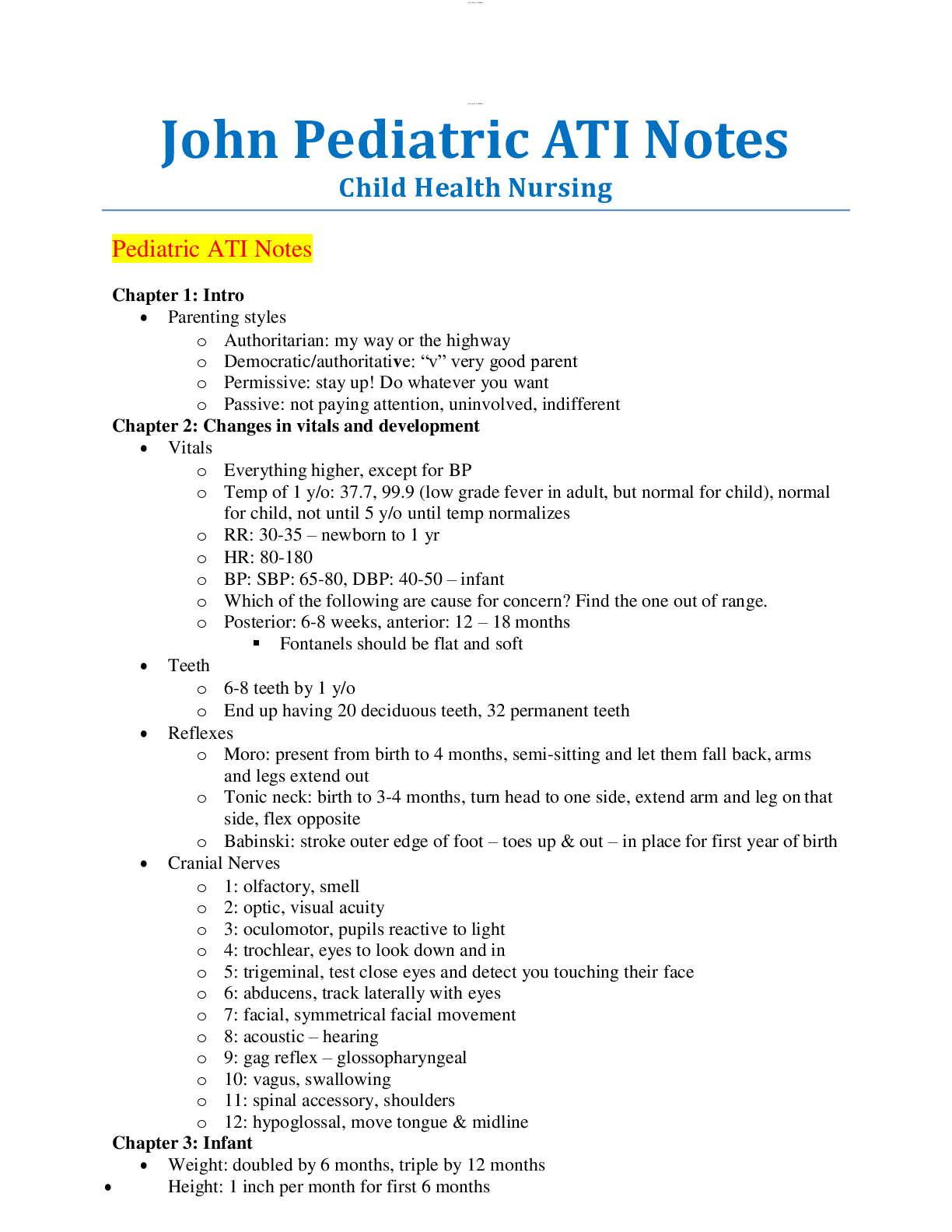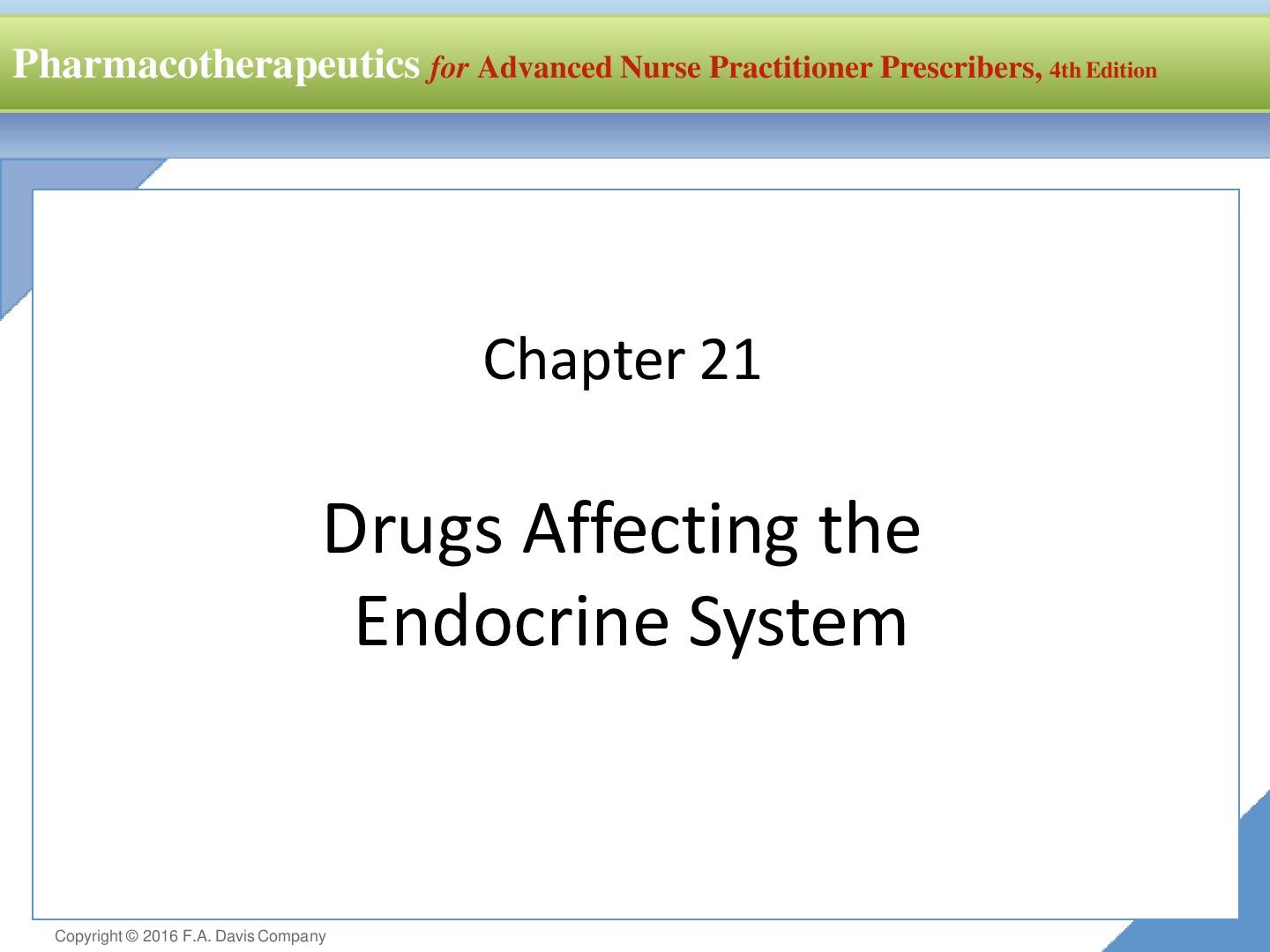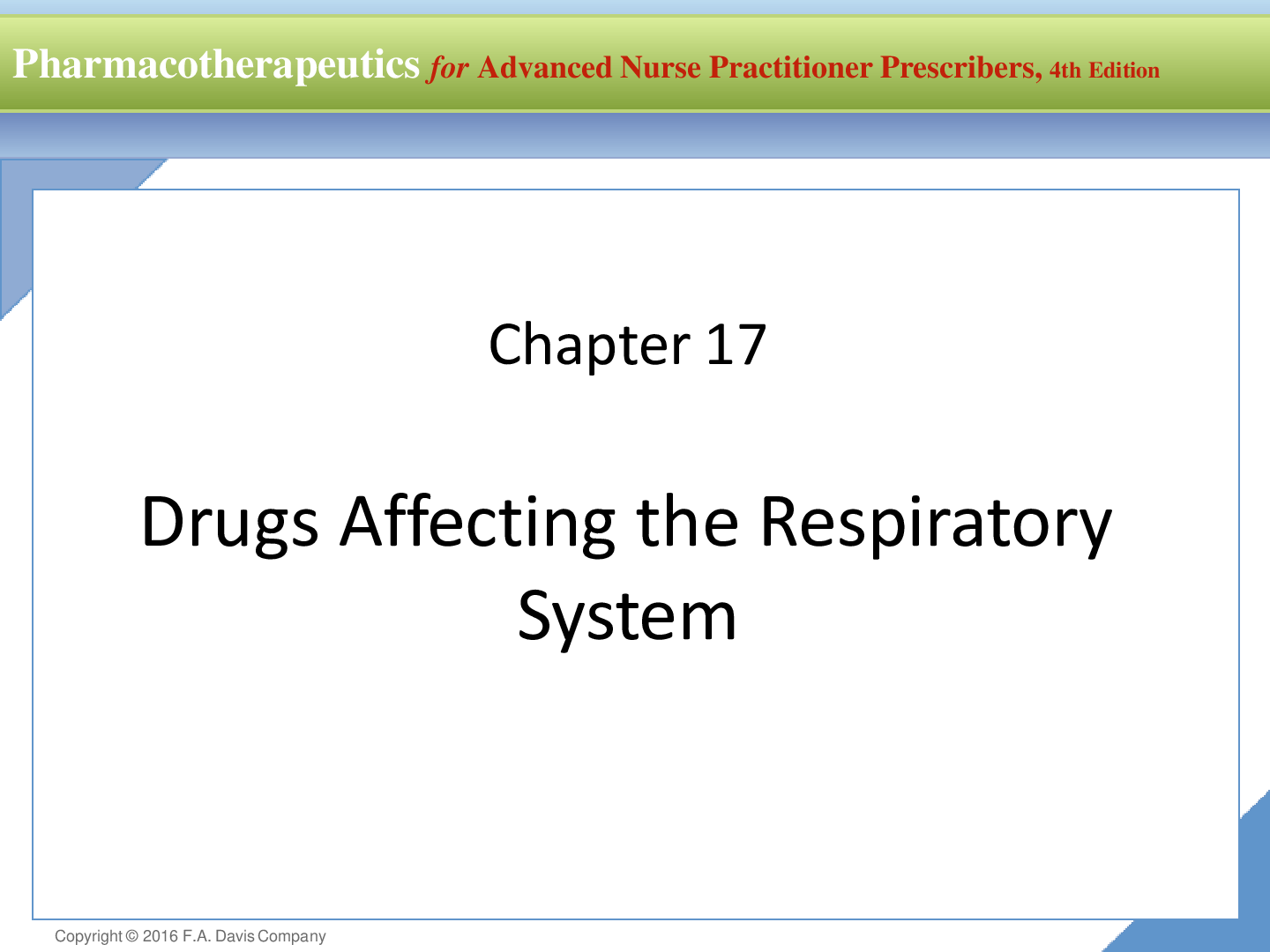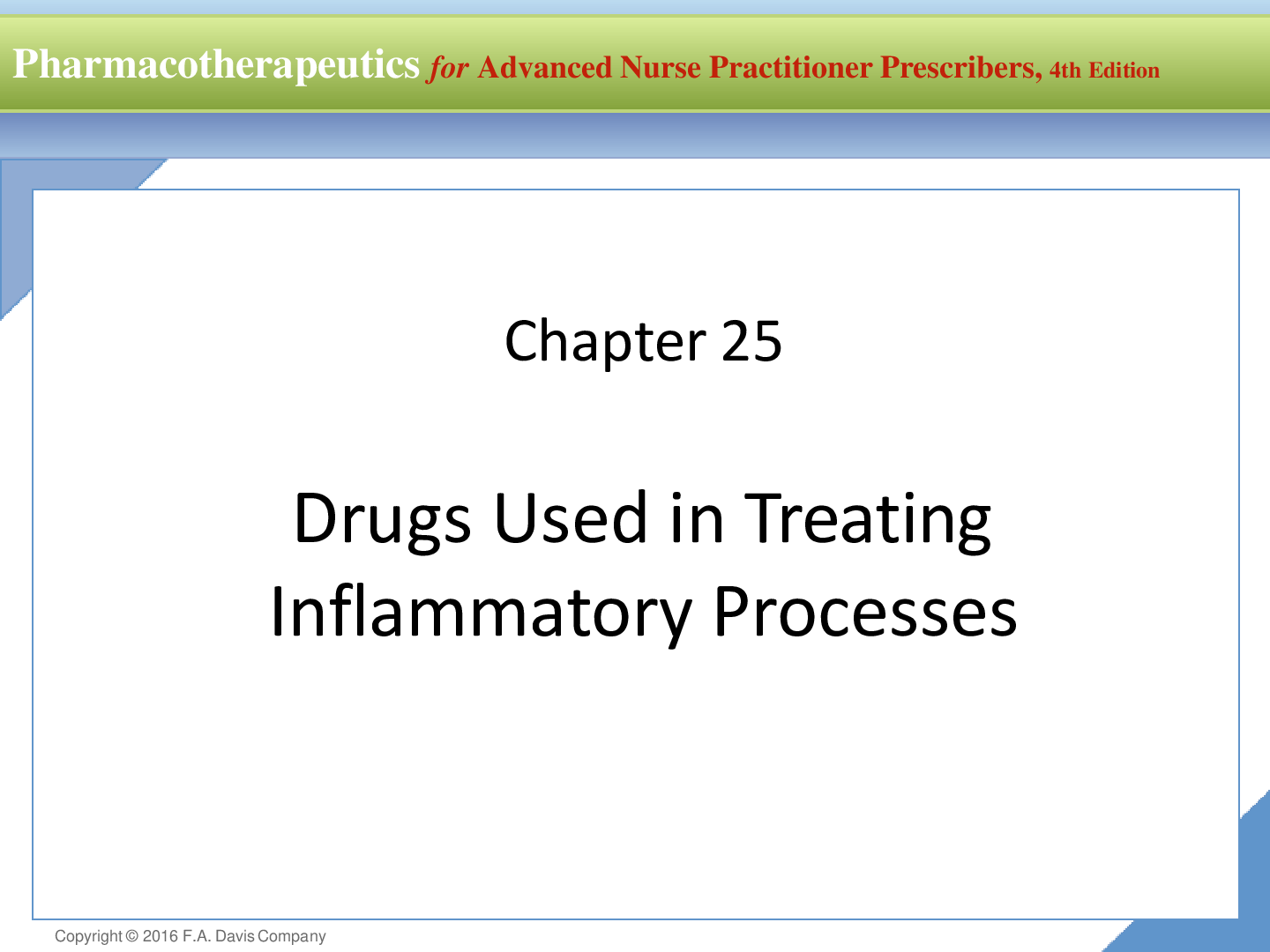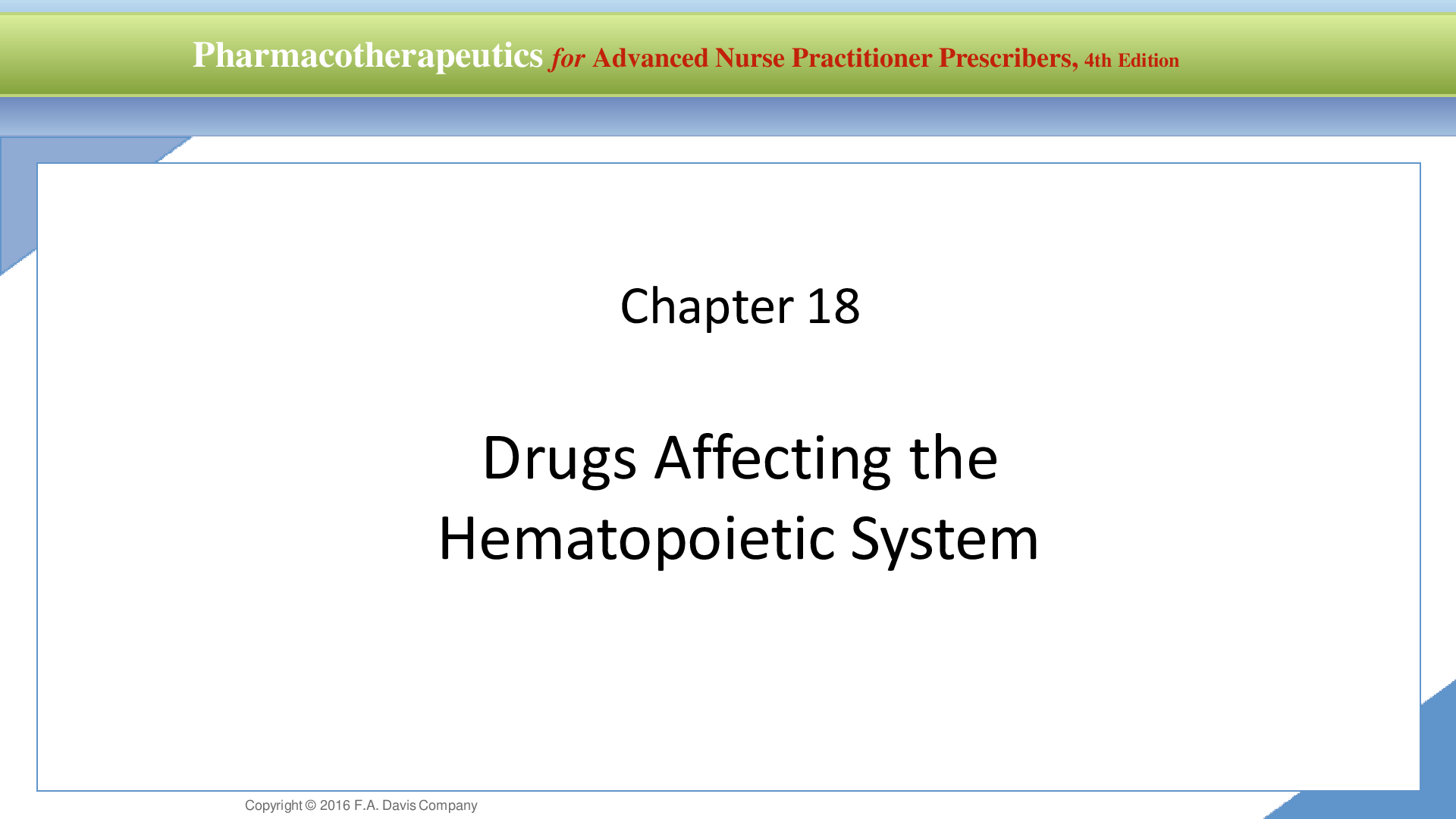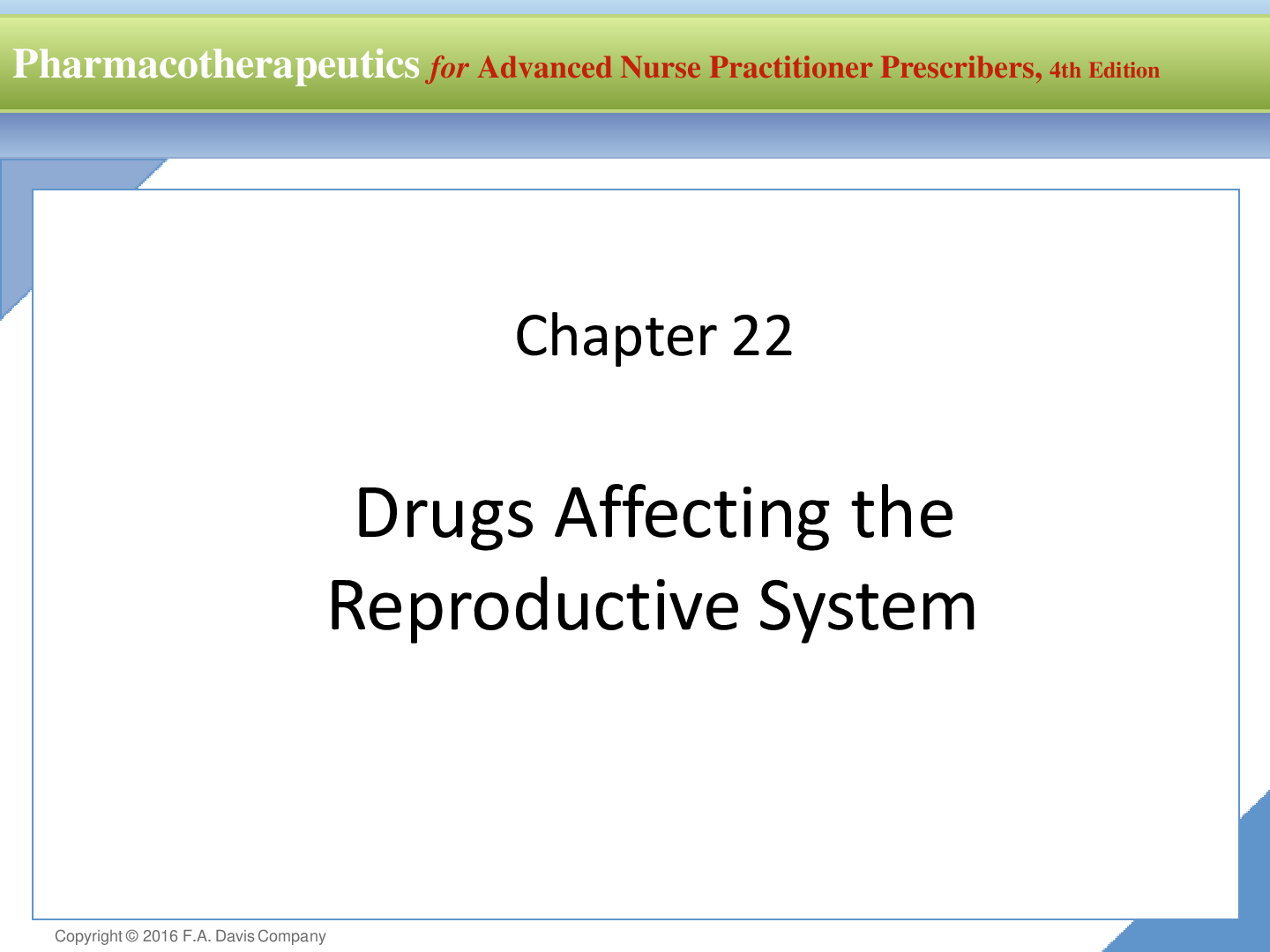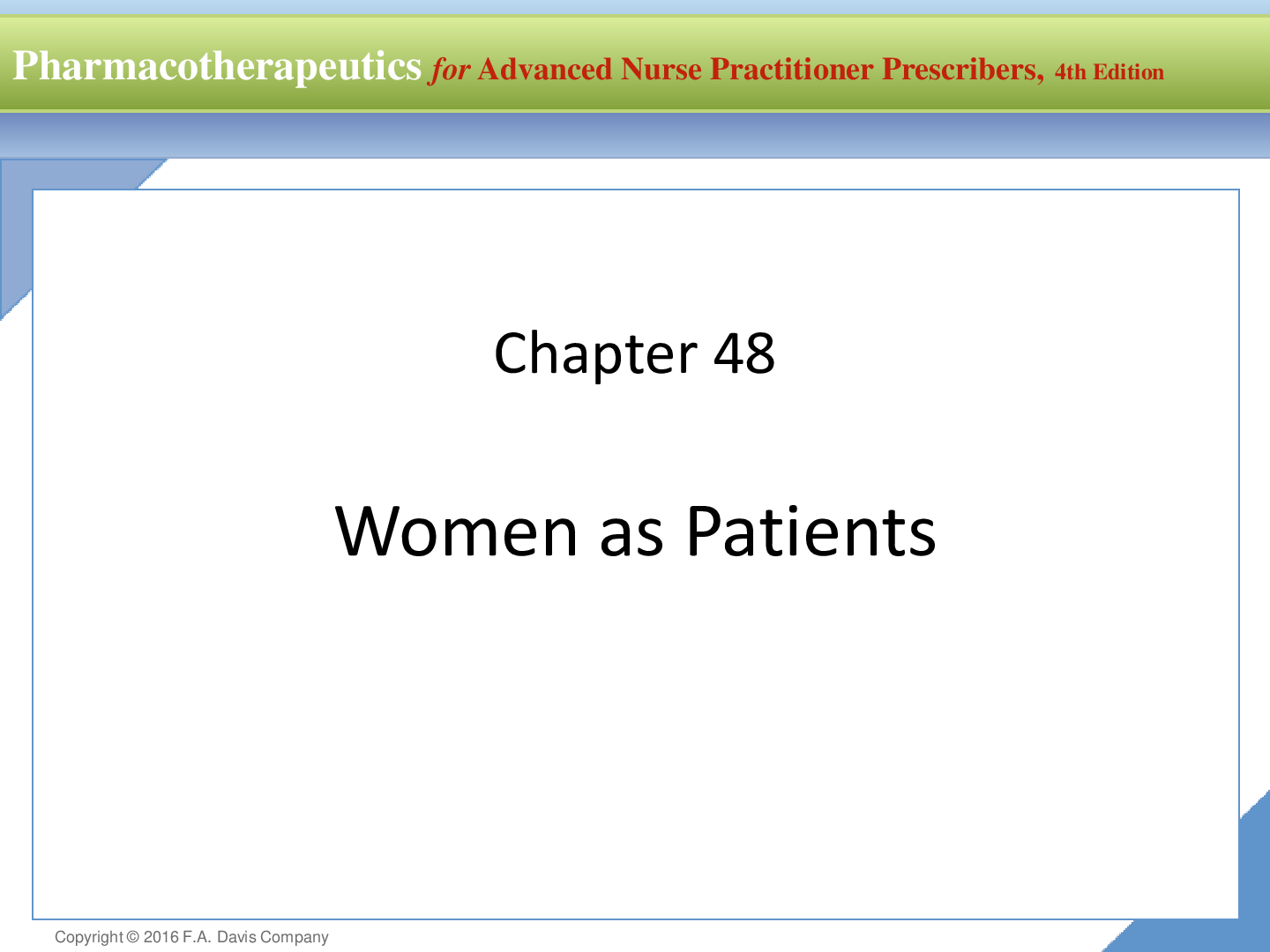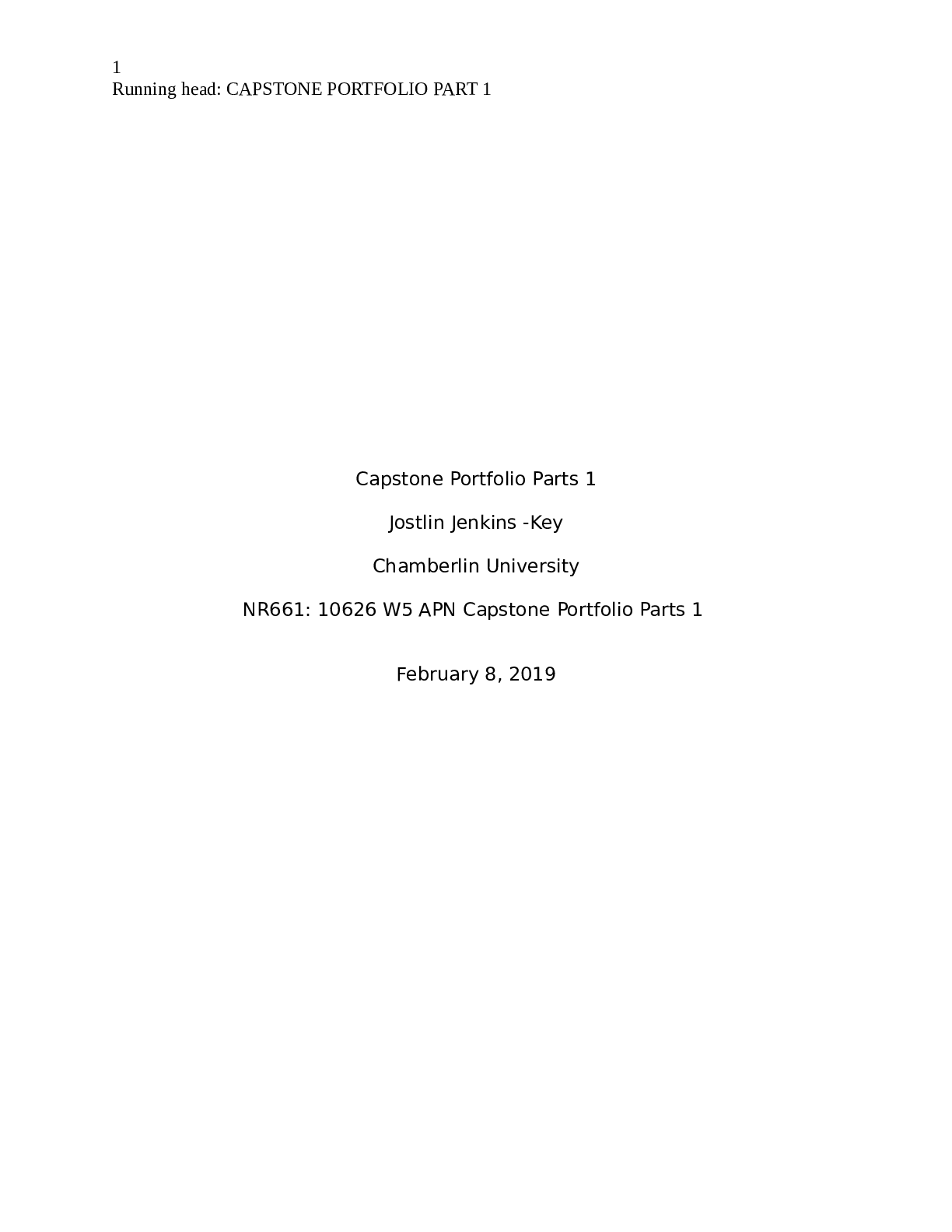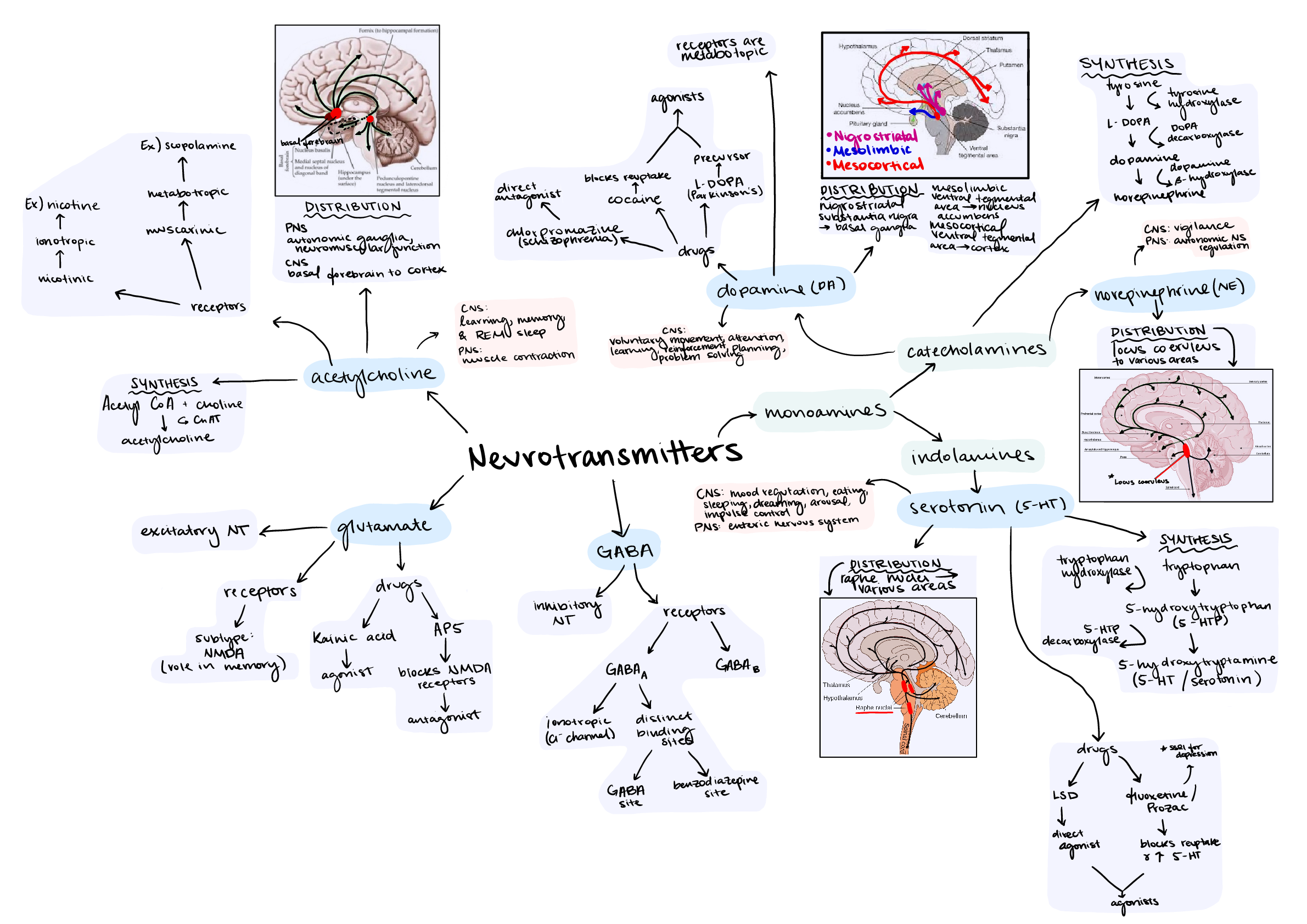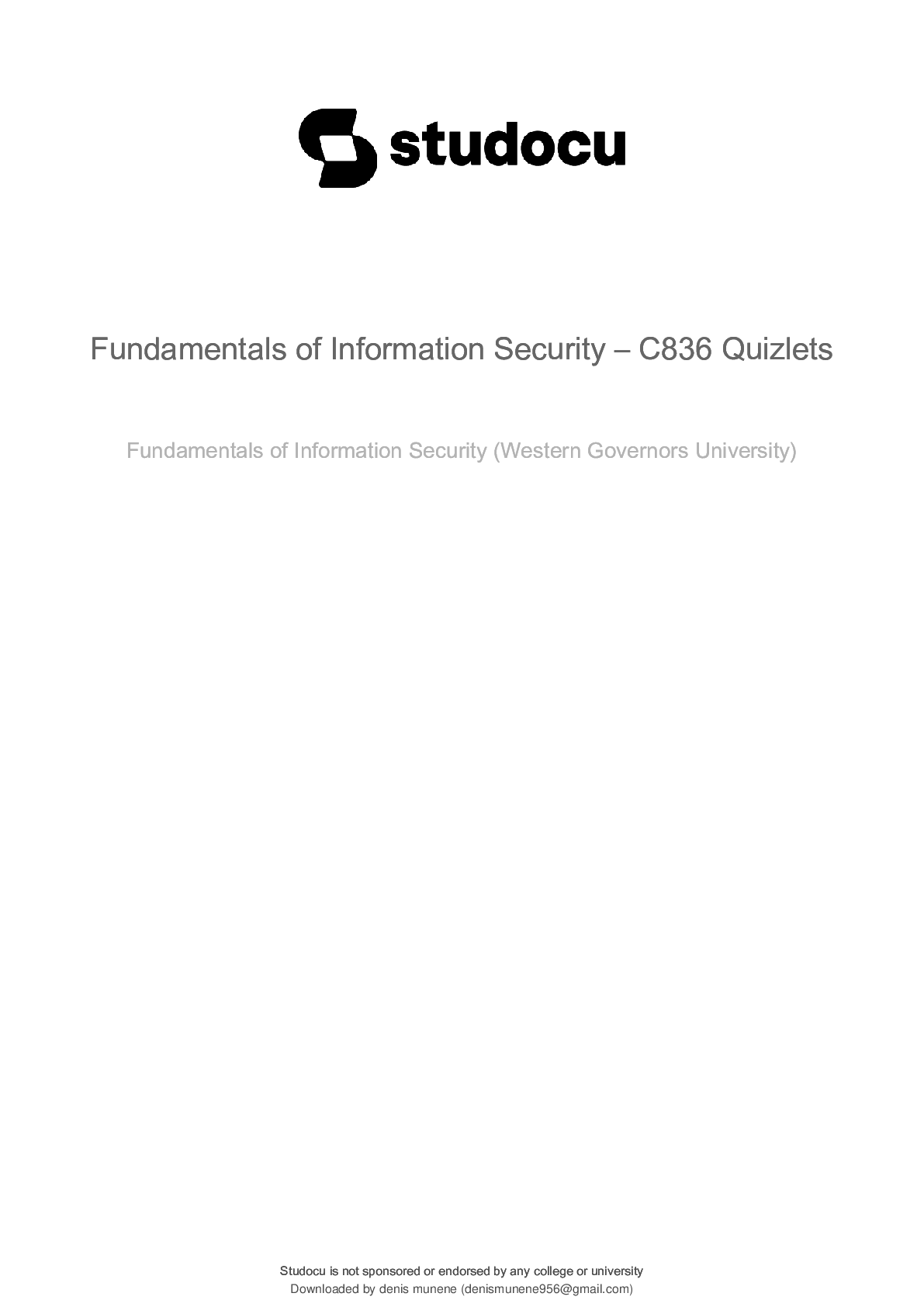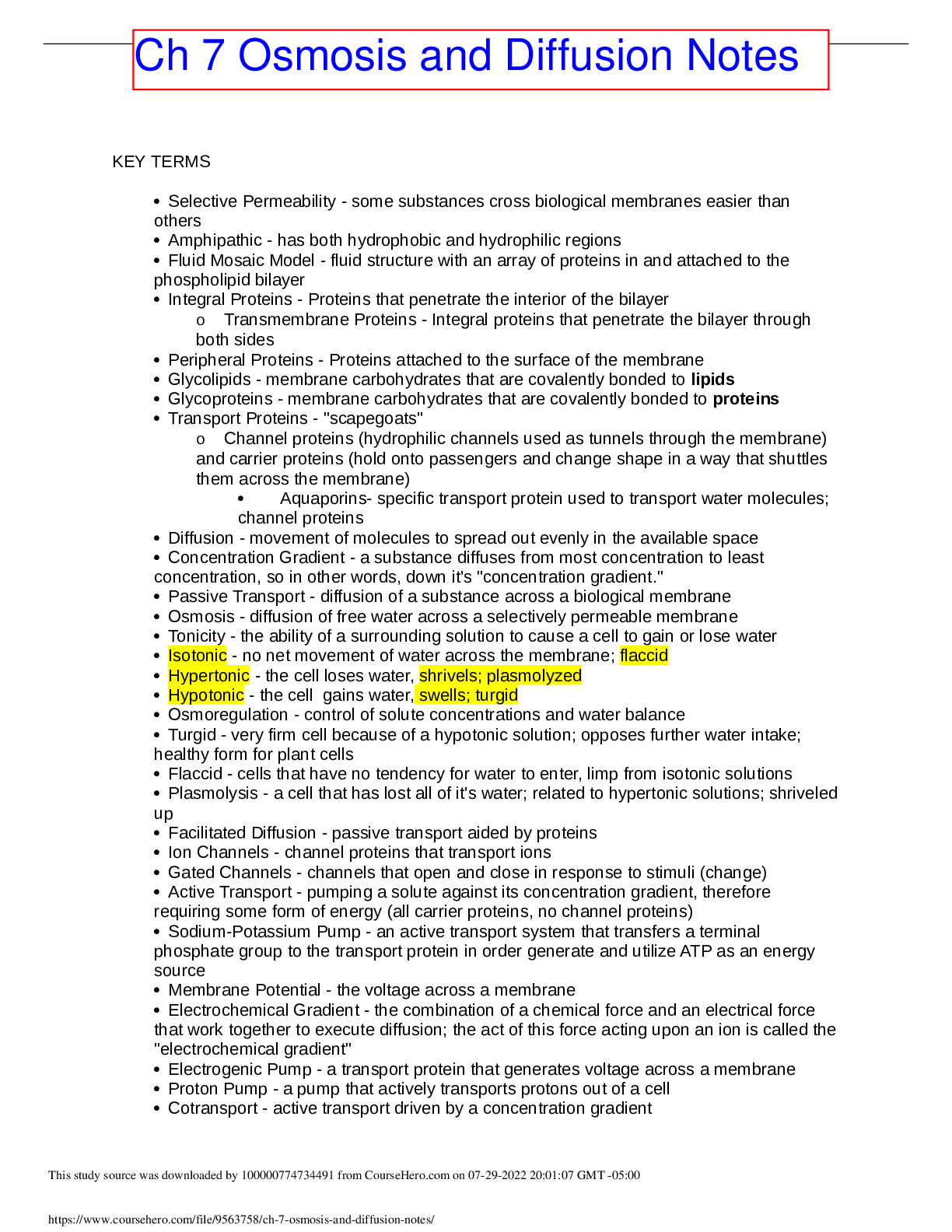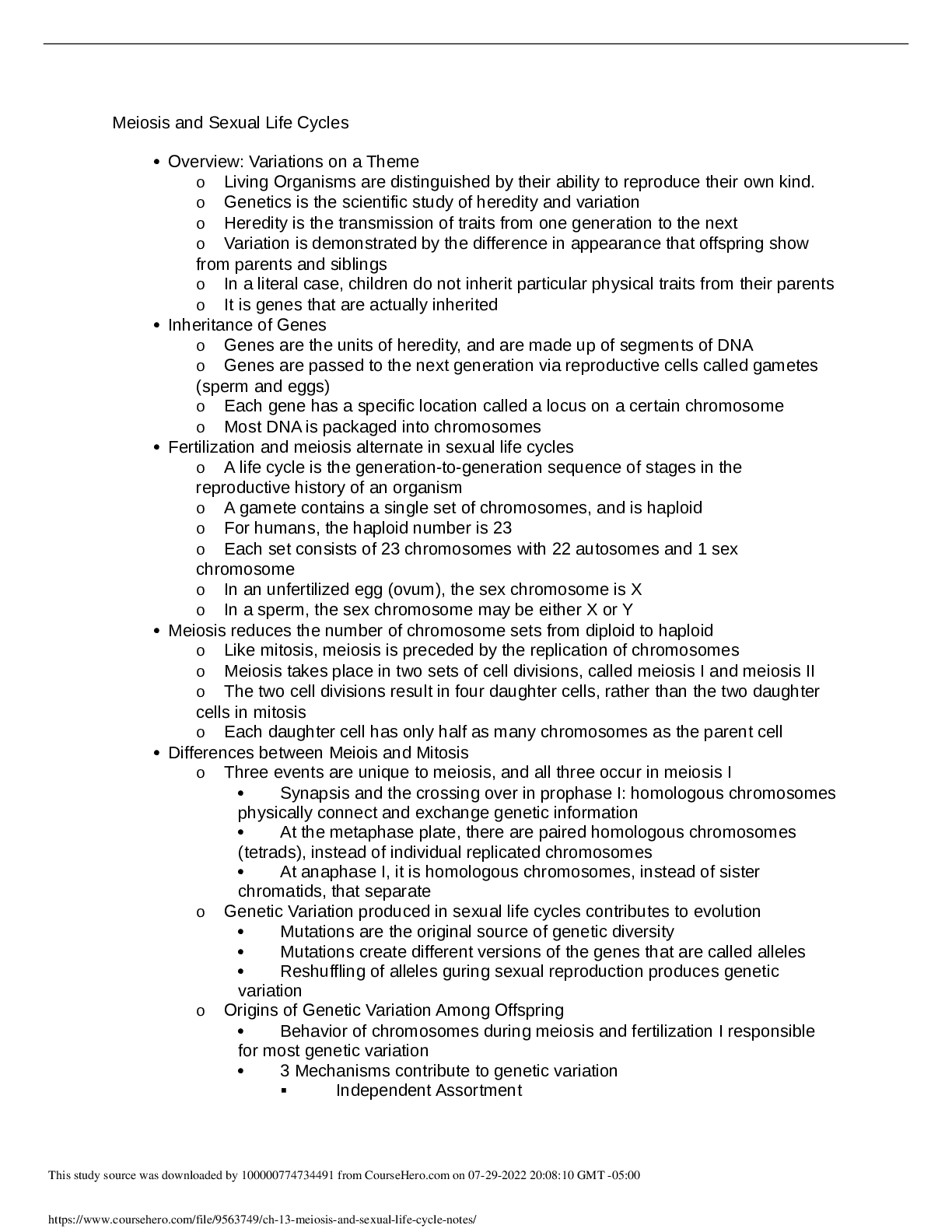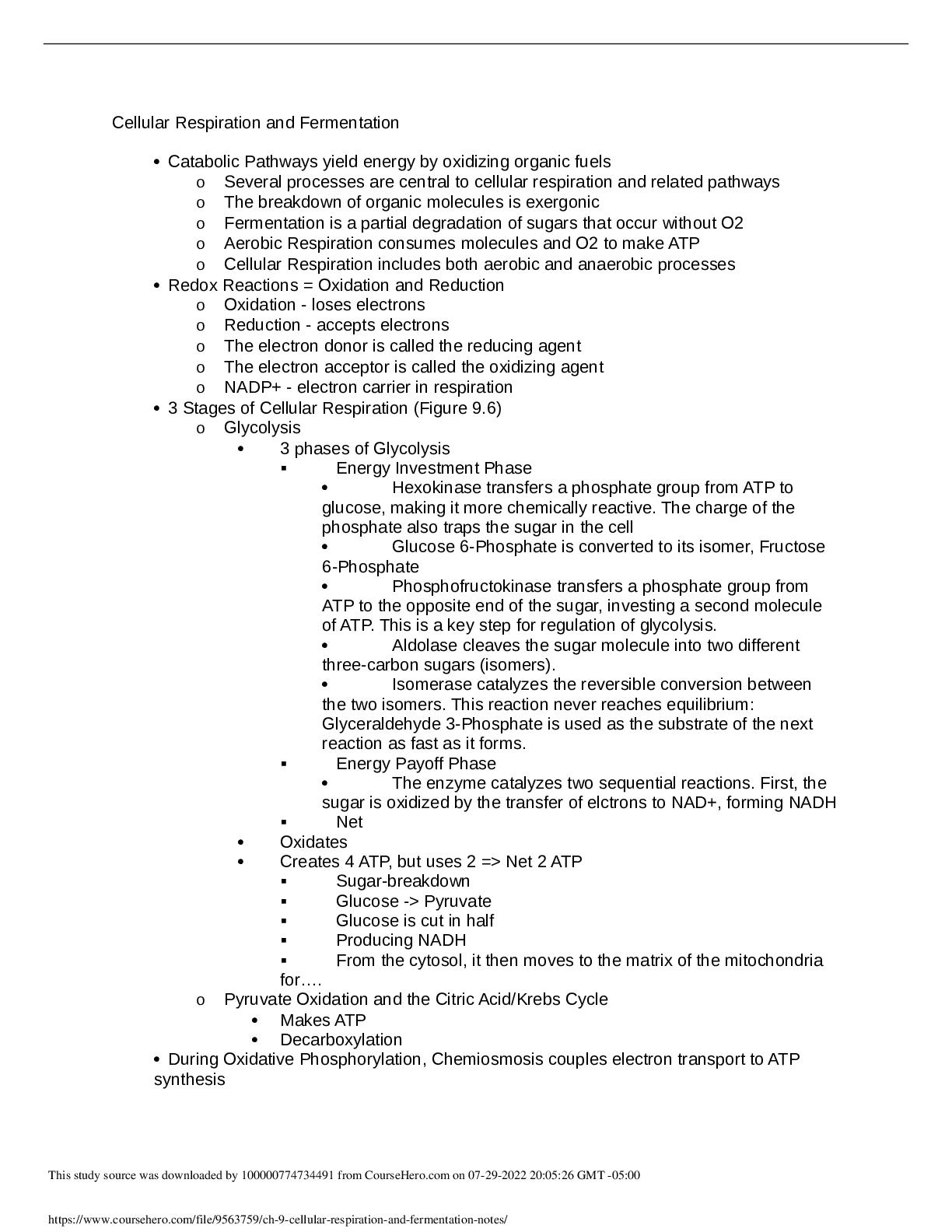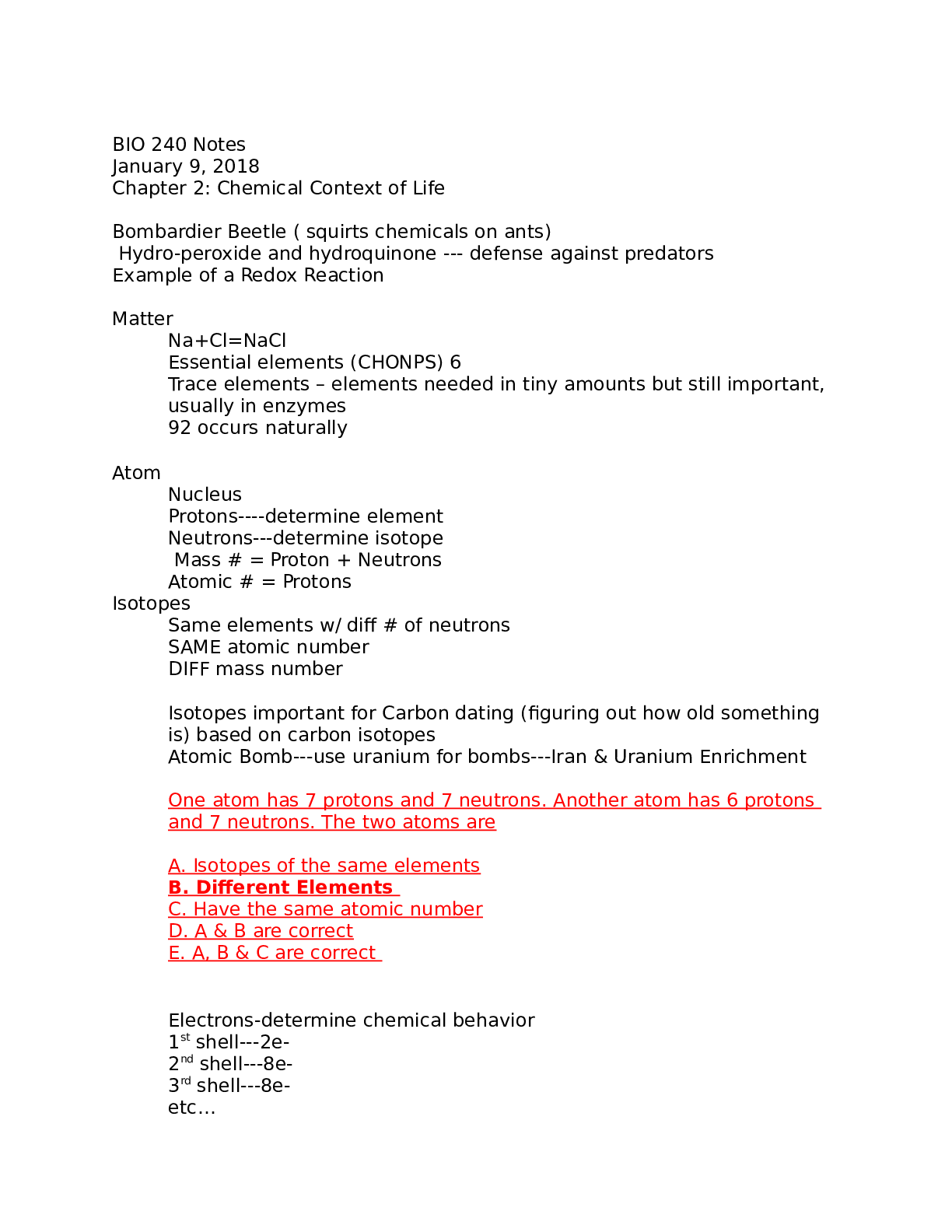*NURSING > Class Notes > Health Assessment NUR 3030: Health Assessment Exam 1 Notes Health Assessment (Nova Southeastern Univ (All)
Health Assessment NUR 3030: Health Assessment Exam 1 Notes Health Assessment (Nova Southeastern University)
Document Content and Description Below
Health Assessment Exam 1 Notes Health Assessment (Nova Southeastern University) ** Chapter 4 – The Complete Health History *** The Health History –The Adult Record time & date of the intervi... ew 1. Biographic Data –includes name, address, phone number, age and birth date, Source of History 2. Reason for Seeking Care • and just getting worse” 3. Present Health or History of Present Illness • Organize question sequence into: PQRSTU • P Provocative or Palliative – what brings it on? What were you doing during onset? What makes it better/worse? • Q Quality or Quantity – how does it look, feel, sound? How intense/severe is it? • R Region or Radiation – Where is it? Does it spread? • S Severity Scale – How bad is it (on scale 1-10)? Getting better, worse, staying the same? • T Timing – onset (when did it first occur), duration (how long did it last), and frequency (how often does it occur) • U Understand Patient’s Perception of the problem (“what do you think it means?”) 4. Past Health 5. Family History Review of Systems • General overall health state – weight (gain/loss over what period of time), fatigue, weakness or malaise, fever, chills, sweats or night sweats • Skin—history of skin disease, pigment or color change, excessive dryness or moisture, excessive bruising, rash, lesion • Hair—recent loss or change in texture (nails: change in shape, color, or brittleness) Functional Assessment (including Activities of Daily Living) Chapter 8 – Physical Assessment in Clinical Setting -Physical examination requires examiner to develop technical skills = the tools to gather data -Use your senses to gather data -The skills required for the physical examination are: 1. INSPECTION o Close/careful scrutiny – first of an individual as a whole and then of each body system 2. PALPATION o Often presence of lumps Grasping action of the fingers and thumb – to detect the position, shape, and consistency of an organ or mass The dorsa (backs) of hands and fingers—best for determining temperature b/c the skin here is thinner than on the palms Base of fingers or ulnar surface of hand – best for vibration o Bimanual palpation – requires use of both hands to envelop or capture 3. PERCUSSION o *PERCUSSION NOTE CHARACTERISTICS: CH. 9 – GENERAL SURVEY, VITAL SIGNS, PAIN Acute Assessment o the assessment o Normal BP: 120/80 o Normal Oral Temp (resting person): 98.6 (with a range of 96.4-99.1) • Rectal/temporal artery measurements are 1 degree higher • Axillary temp. measurements are 1 degree lower o Normal resting HR: 60-100 bpm o Adult respiratory rate: 10-20 breaths/min o Normal pulse oximetry is SpO2 from 92% to 100% General Survey o First component of the assessment o Forms global impression of person broad idea, gives general idea o *know diff information you get from light vs. deep palpation o light palpation – giving you a general idea (would give you a global impression) o deep palpation o ASSESS: overall appearance, hygiene and dress, skin color, body structure and development, behavior, facial expression, level of consciousness, speech (normal, slow, monotone?), mobility o ANTHROPOMETRIC MEASUREMENTS: height, weight, BMI o VITAL SIGNS: reflect health status, cardiopulmonary fxn, overall body fxn, need to assess o PULSE: arterial pulse points o Rate – normal pulse rate = 60-100 beats/min, (less than 50 o RESPIRATIONS: “eupnea” = normal respiration o OXYGEN SATURATION o oxyhemoglobin and unoxygenated hemoglobin. o BLOOD PRESSURE: Pain Assessment: trajectory PQRSTU MNEMONIC: P: Provocative or palliative Q: Quality or quantity sharp, dull, some kind of descriptor R: Region or radiation S: Severity scale 1-10 T: Timing U: Understand patient’s perception ADULT Most common pathologies in the elderly CH. 12 HAIR, SKIN, NAILS FXNS OF SKIN: Protection—ski Prevents penetration the body Perception—s Temperature regulation— Identification— Communication—emotional expression – vascular mechanisms such as blushing or blanching Wound repair – skin allows cell replacement of surface wounds Absorption and excretion –of some Production of vitamin D – Epidermal Appendages & FXN: Hair 1. Vellus hair = covers most of body 2. Terminal hair = Sebaceous Glands – “oil Sweat Glands – 2 types: 1. Eccrine glands – Nails – hard plates of keratin on dorsal edges of fingers + toes Pink color from the underlying nail bed of highly vascular epithelial cells Environmental or occupational hazards Self-care behaviors PHYSICAL ASSESSMENT: Inspect & Palpate SKIN inspecting = visual, palpating = touch o Color • nail beds, + lips) • Abnormal findings: vitiligo – co • Freckles, moles, birthmarks know clinical terminology, the primary lesion language that describes Abnormal findings: Abnormal characteristics of pigmented lesions = “ABCDE”: • A – asymmetry (not regularly round or oval) • B – border irregularity (ragged edges) • C – color variation (brown/tan, black, blue, red, white, or combo) • D – diameter greater than 6 mm (size of pencil eraser) • E – elevation or enlargement (rapidly changing, dev. Of itching/burning/bleeding in a mole) • Widespread Color Change – n • Abnormal findings: ashen gray color in dark skin or marked pallor in light skin occurs w/ anemia, shock, and arterial insufficiency Erythema from the increases rate of of deoxygenated blood. • Abnormal findings: indicated hypoxemia- occurs w o cannot fully hypothyroidism – skin feels rough, dry, flaky • Thickness – epidermis is uniformly thin over most of the body (thickened areas normal on palms + soles) Abnormal findings: very thin, shiny skin (atrophic) occurs with arterial insufficiency • Edema – fluid accumulating in the interstitial spaces, NOT present normally To check: imprint thumbs firmly 3-4 sec, if leaves dent in the skin = “pitting” means edema is present. Graded on a 4-point scale: 1 = Mild pitting, slight indentation, no perceptible swelling of leg 2 = moderate pitting, indentation subsides rapidly 3 = deep pitting, indentation remains for a short time, leg looks swollen 4 = very deep pitting, indentation lasts a long time, leg is very swollen • Mobility & Turgor – • Turgor tells you about hydration state! Abnormal findings: • Vascularity & Bruising—a *More Abnormal Findings of the Skin: o Petechiae o Purpura Skin Cancers o Basal cell carcinoma o Squamous cell carcinoma o Malignant melanoma o Kaposi’s sarcoma SKIN LESIONS may be primary or secondary lesions! -If lesions are present, note the: • Color • Elevation – flat, raised, or pedunculated • Pattern or shape – the grouping or distinctness of each lesion (ex. • use ruler to measure (avoid descriptions like “quarter size” or “pea-size”) • Location + distribution on body – is it generalized or localized to areas of a specific irritant; around jewelry, watchband, eyes? ** PRIMARY SKIN LESIONS o Macule o Solely a color change o Papule o Something you can feel (solid, elevated, circumscri o Wheal o Vesicle o Elevated cavity containing free fluid o Bulla o Pustule o Cyst o Enc **SECONDARY SKIN LESIONS o , scab after abrasion, weeping eczematous dermatitis o Scale o ), eczema, dry skin o Fissure linear crack with abrupt edges; extends into dermis; dry or moist o mouth) o Erosion scooped out but shallow depression o Ulcer deeper depression extending into de mis o Ex. stasis ulcer, pressure sore, chancre o Excoriation self-inflicted abrasion o Scar after a skin lesion is repaired, normal tissue is lost and o Keloid Scar benign excess of scar tissue beyond sites of original injury o firm o Found in ear lobes, back of neck, scalp, chest, and back o Ex. surgery, acne, ear piercing, tattoos, infections, burns o Lichenification moss (or lichen) **SHAPES/CONFIGURATIONS OF LESIONS o Annular = Circular o Confluent = lesions run together (ex. hives) o Discrete =) o Gyrate = twisted, coiled, spirals, snake-like o Grouped = clusters of lesions (ex. vesicles of contact dermatitis) o Linear = o Polycyclic = o Zosteriform = Inspect & Palpate the HAIR Color – Texture – o Abnormal finding Distribution – Abnormal findings: Lesions – Abnormal Findings of Hair: Seborrheic Dermatitis Tinea Capitis Toxic Alopecia Alopecia Areata Traumatic Alopecia Trichotillomania Pediculosis Capitis head lice Folliculitis “razor bumps” Hirsutism Furuncle and Abscess Inspect & Palpate the NAILS Shape & Contour – o The profile sign—view the index finger @ its profile and note the o Abnormal findings: o Clubbing of nails. Consistency – s Color—Abnormal findings: Capillary Refill – o Abnormal findings: c cardiovascular or respiratory dysfunction Abnormal Findings of Nails: Koilonychia (Spoon Nails) Paronychia Beau’s Line transverse groove in nail Splinter Hemorrhages Late Clubbing Onycholysis s Pitting Habit-Tic Dystrophy CH. 13 HEAD, FACE, & NECK (INCLUDING REGIONAL LYMPHATICS) The head – structure & function: Cranial bones: frontal, parietal, occipital, temporal Sutures o C7 = important landmark when processing anatomical structures Neck – structure & function: Neck muscles Thyroid gland Hyoid bone Lymph/Lymphatics: • cervical spine and neck regions as well as along the face and jaw • * nodes slowly filter the lymph and engulf pathogens, preventing harmful substances from entering the circulation • arms • axillae • inguinal area • * You should also be familiar with the direction of the drainage patterns of The head and neck have a rich supply of 60-70 lymph nodes *LYMPH NODES OF HEAD/NECK 1. Preauricular = in front of the ear 2. Posterior auricular (mastoid) = superficial to the mastoid process 3. Occipital = at the base of the skull 4. Submental = midline, behind the tip of the mandible 5. Submandibular = halfway b/w the angle and the tip of the mandible 6. Jugulodigastric (tonsillar) = under the angle of the mandible 7. Superficial cervical = overlying the sternocleidomastoid muscle 8. Deep cervical = deep under the sternocleidomastoid muscle 9. Posterior cervical = in the posterior triangle along the edge of the trapezius muscle 10. Supraclavicular = just above and behind the clavicle, at the SUBJECTIVE DATA: o Headache o Frequency/Severity any unusually frequent or unusually o Head Injury o Dizziness o Tell me what you mean by dizziness. o CO. With objective vertigo person feels like the room is spinning With subjective vertigo person feels like he or she is o Neck Pain limitation of motion? Inspect & Palpate: OBJECTIVE DATA: o Inspect & palate skull o Size and shape normocephalic = term that denotes a round o Deformities: microcephaly = abnormally small head o Temporal area palpate the temporal artery above the zygomatic (cheek) bone b/w the eye and the top of the ear o Inspect the face o Symmetry – facial features should always be symmetric (expect symmetry of eyebrows, nasolabial folds, and sides of mouth) o Range of motion (ROM) note any limitation of movement during active motion. o Lymph nodes – *LYMPH NODE PALPATION o Use a gentle circular motion Enlarged Lymph Node • Acute infection acute onset, less than 14 days’ duration, nodes are • Cancerous cancerous nodes are hard , greater than 3 cm, unilateral, non-tender, matted, and fixed • . Tracheal Assessment Abnormal findings: (Conditions of tracheal shift) • Thyroid Enlargement? Thyroid - posterior approach: o Auscultate if the thyroid gland is enlarged, auscultate it for the o use the BELL side of the stethoscope to auscultate for a bruit oThyroid - Anterior Approach: o Right hand displaces – left thumb palpates HEAD, NECK, LYMPH ABNORMAL FINDINGS: • Hydrocephalus abnormally large head • Paget’s Disease • Acromegaly abnormally large head ?? • An enlarged skull, gigantism (someone who is extremely tall will also have acromegaly) Swelling • Goiter a chronic inflammation of the thyroid gland (typical in • Thyroid Nodules multiple nodules usually indicate inflammation or a • Parotid Gland Enlargement the parotid is swollen w/ mumps, has Chronic Illness • Parkinson Syndrome a deficiency of the nT dopamine and. • The immobility of features produces a face that is flat and expressionless, • with excessive secretion of ACTH and chronic steroid use, the person develops: • Moon-like face • Hyperthyroidism “graves disease” • Myxedema hypothyroidism • Deficiency of thyroid hormone REDUCES metabolic rate • Usual case: Hashimoto thyroiditis • Bells Palsy a lower motor neuron lesion producing rapid onset of CN 7 • Paralysis of facial muscles (almost always unilateral) • Stroke upper motor neuron lesion (central) … “brain attack” • Cachectic Appearance accompanies chronic wasting diseases ( • Scleroderma [Show More]
Last updated: 1 year ago
Preview 1 out of 37 pages
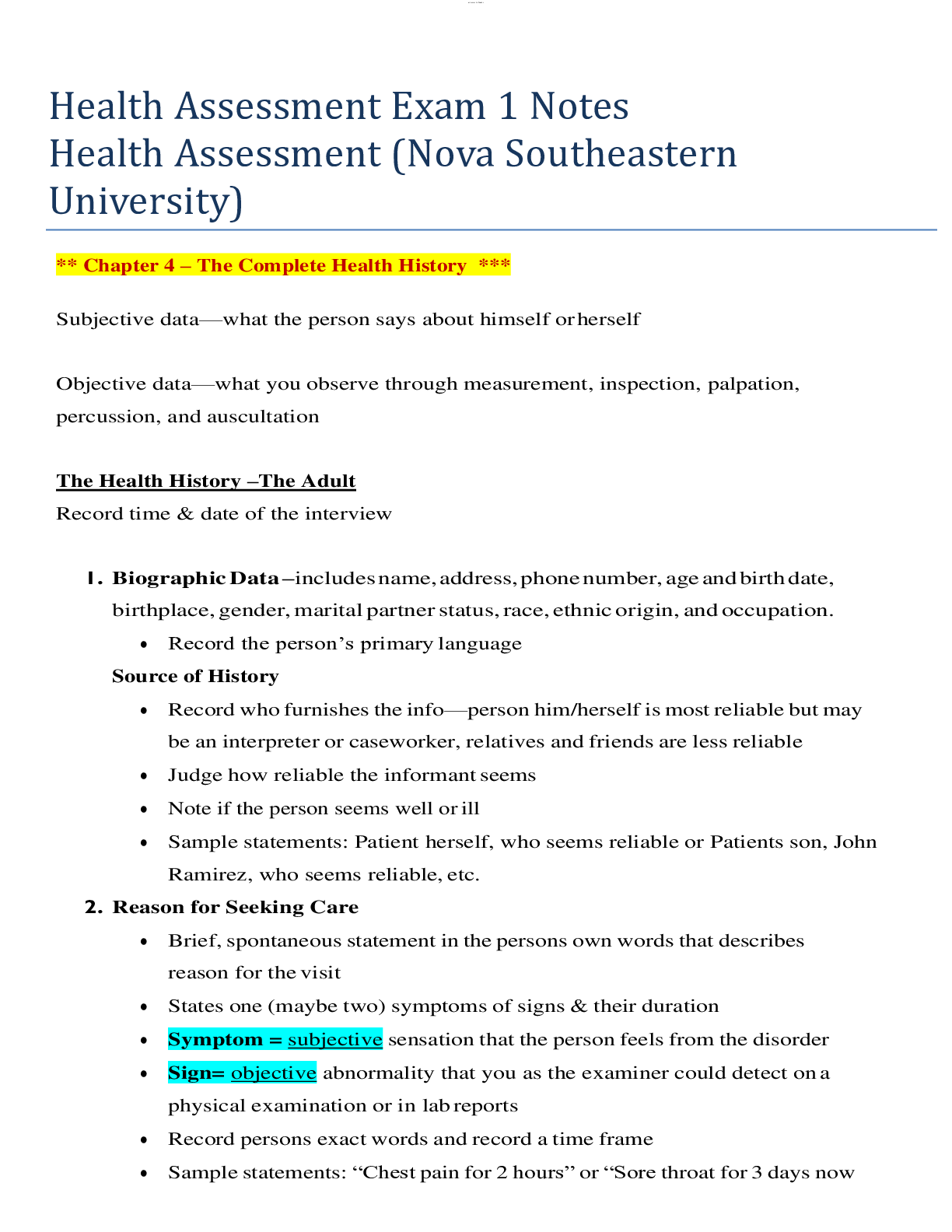
Reviews( 0 )
Document information
Connected school, study & course
About the document
Uploaded On
May 23, 2020
Number of pages
37
Written in
Additional information
This document has been written for:
Uploaded
May 23, 2020
Downloads
0
Views
59

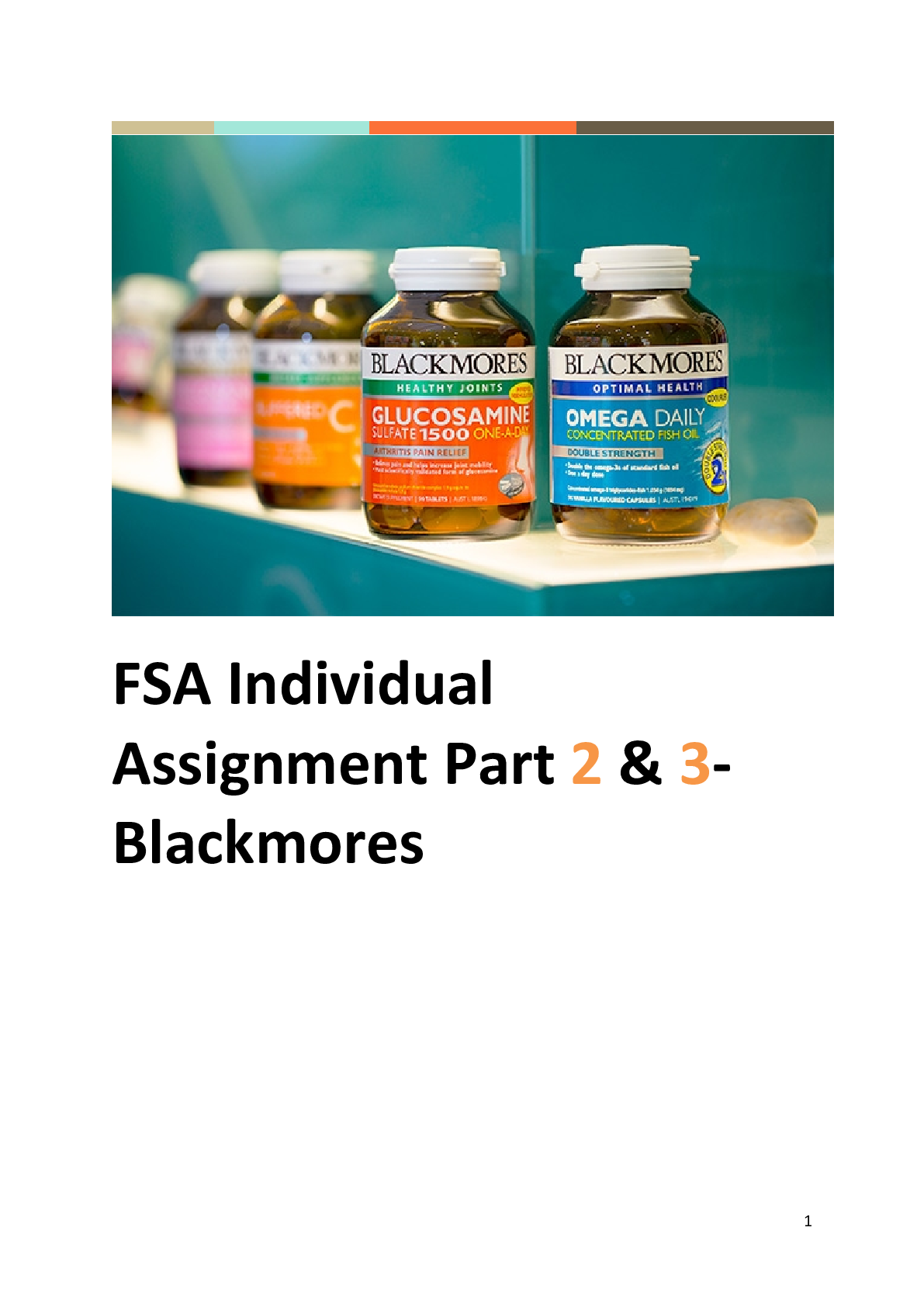

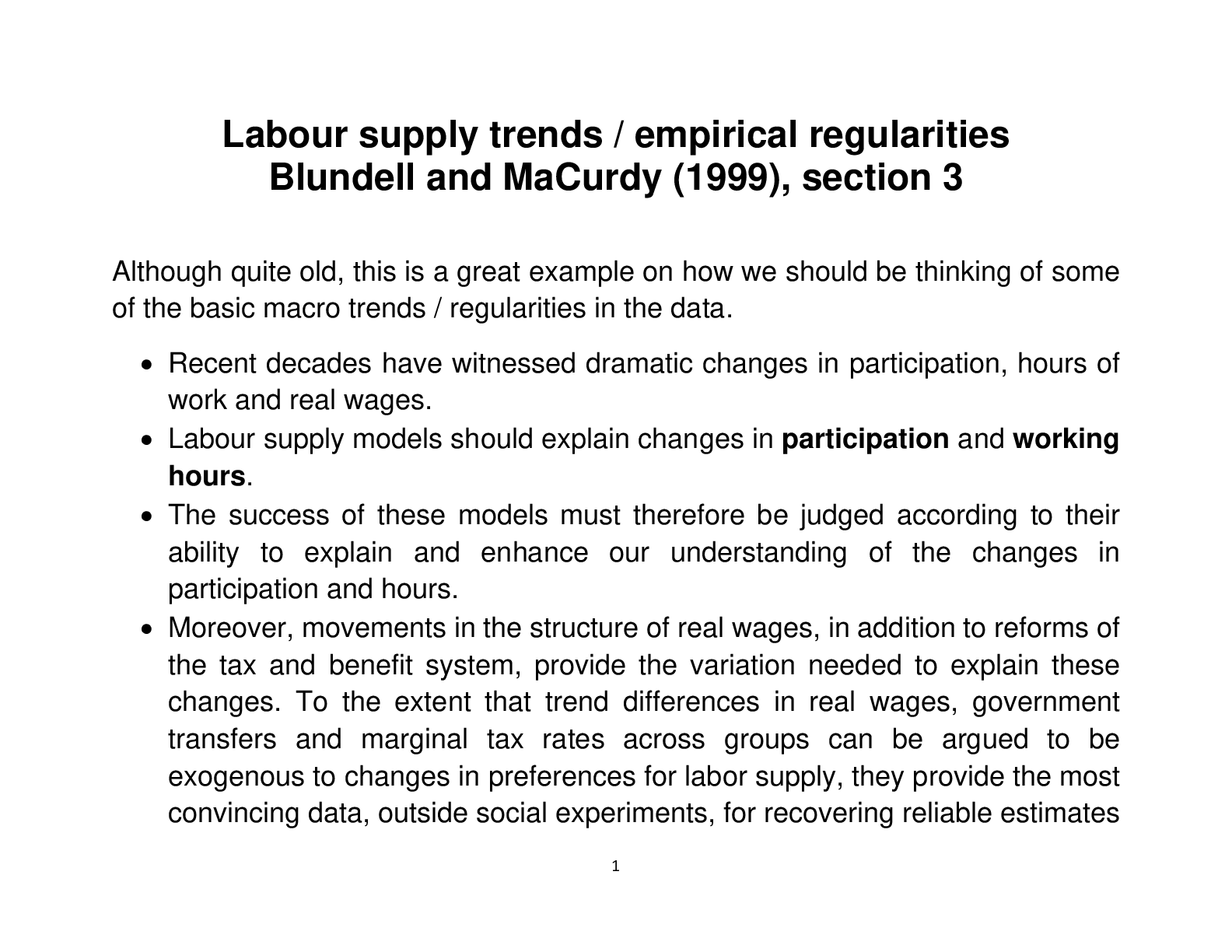



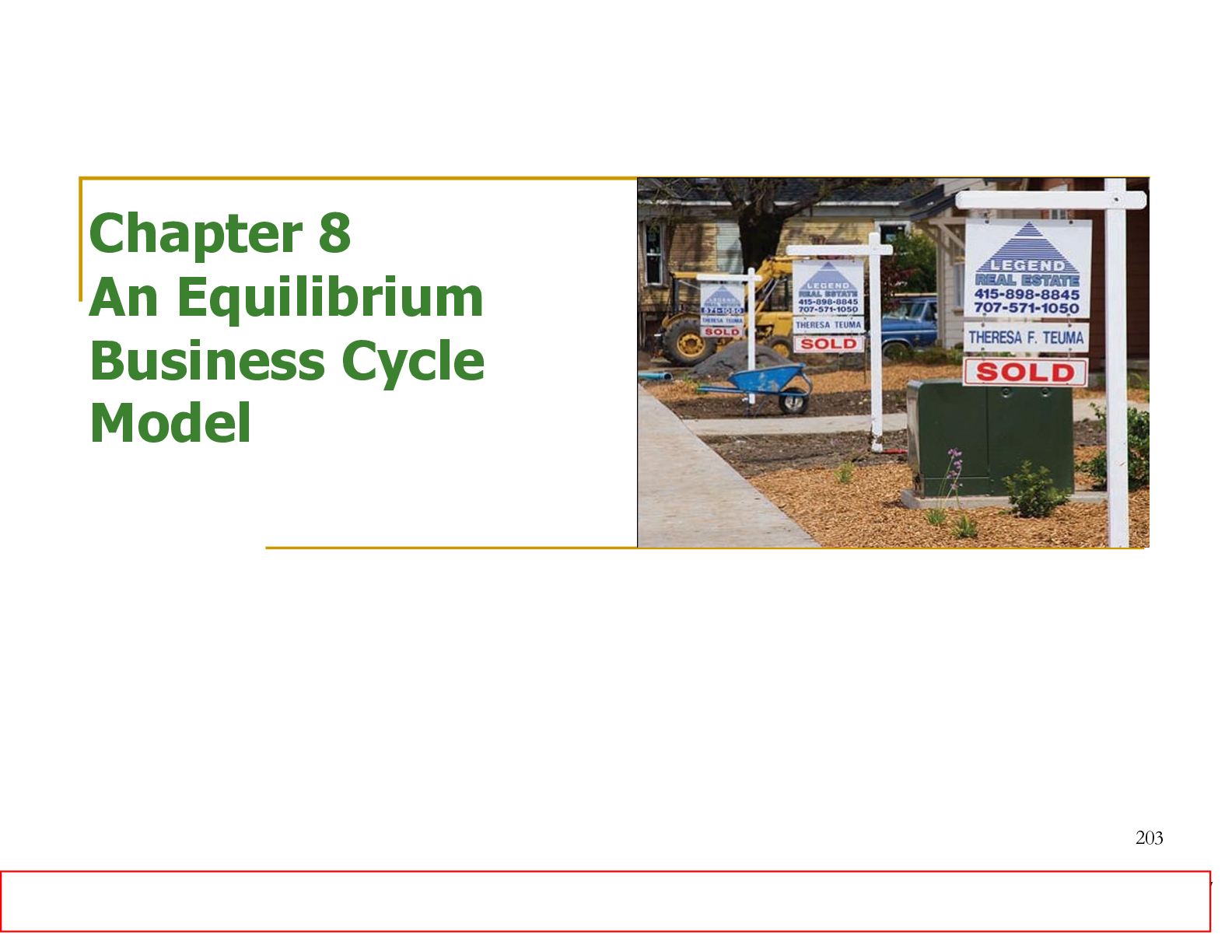

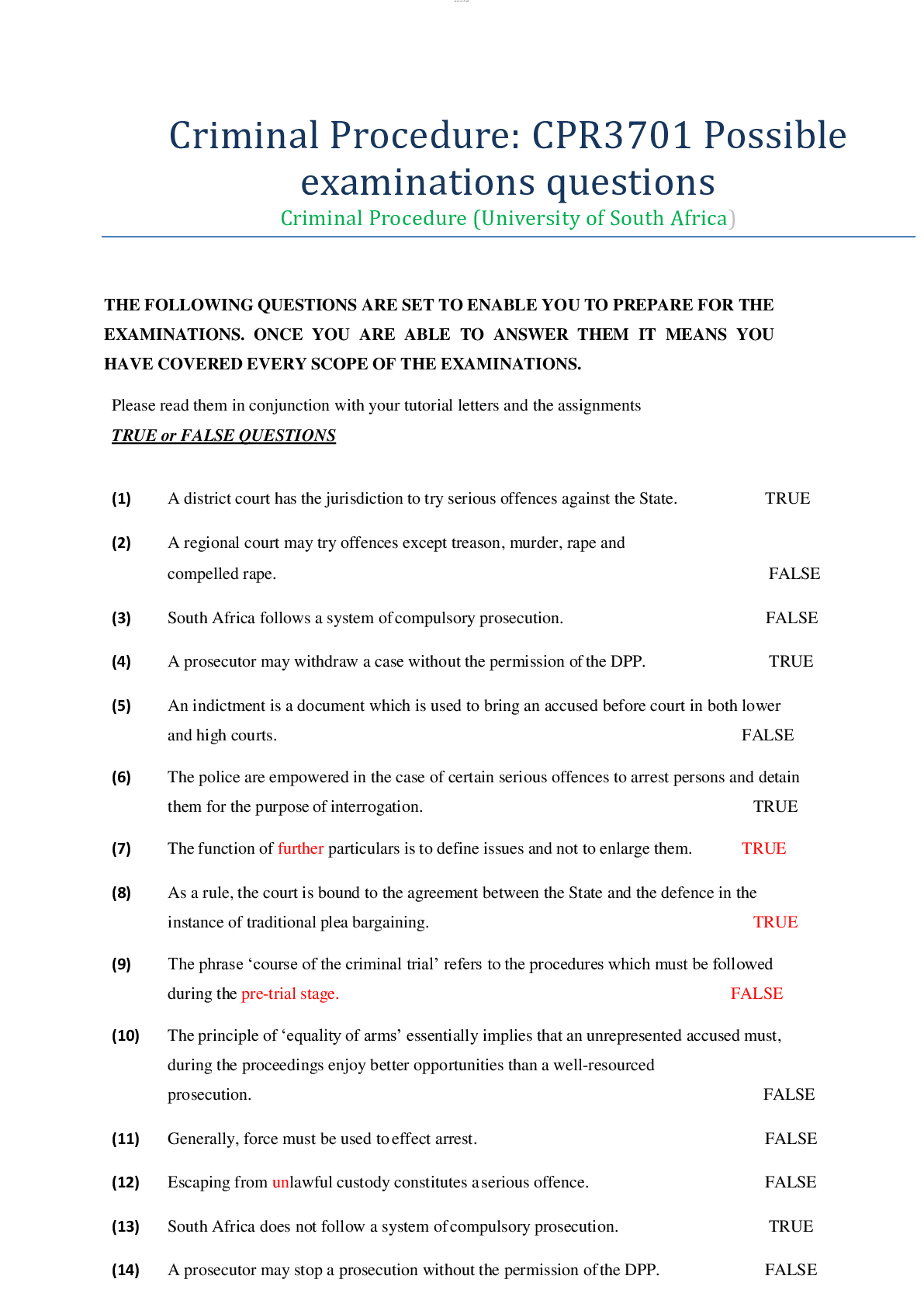
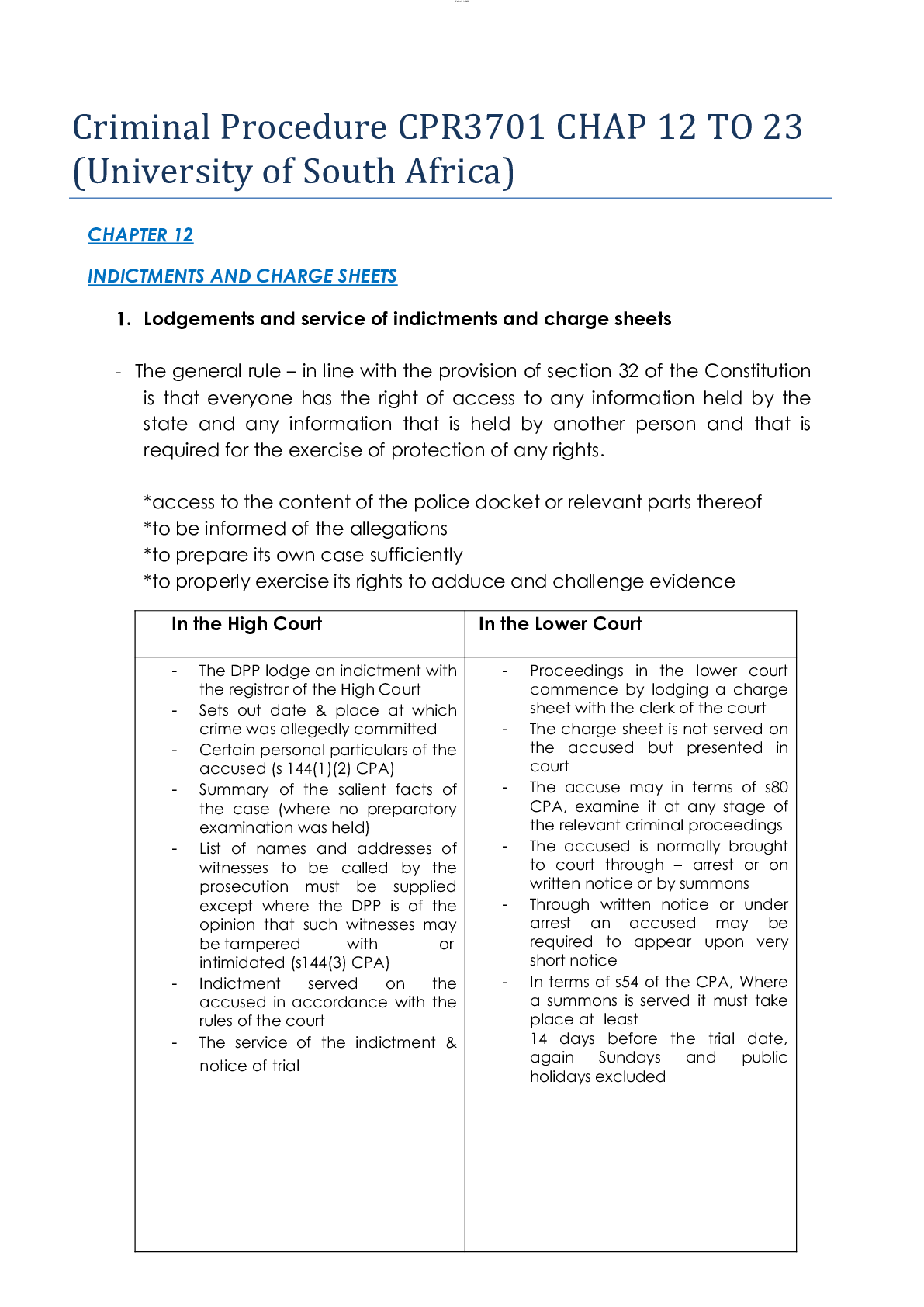

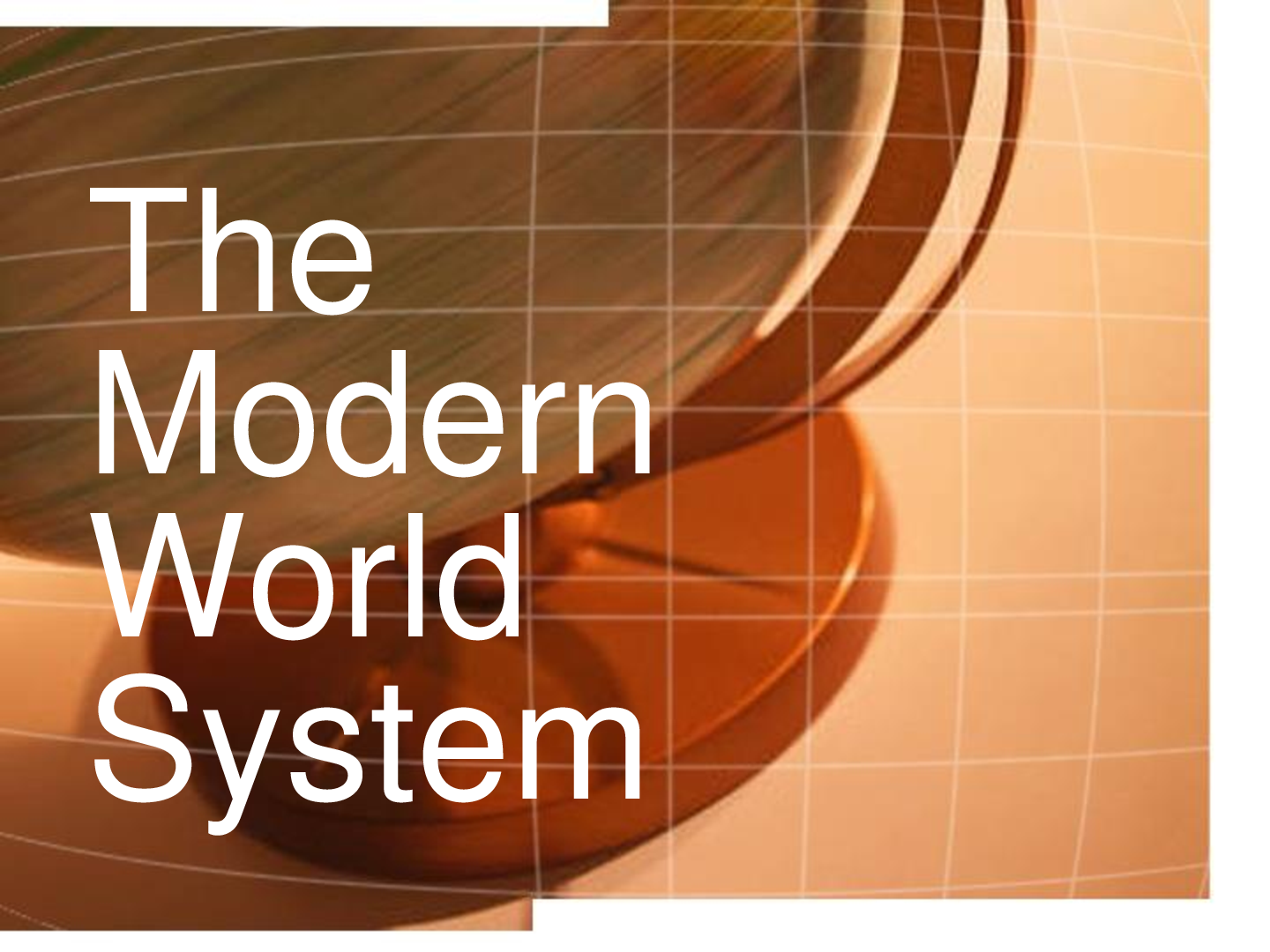
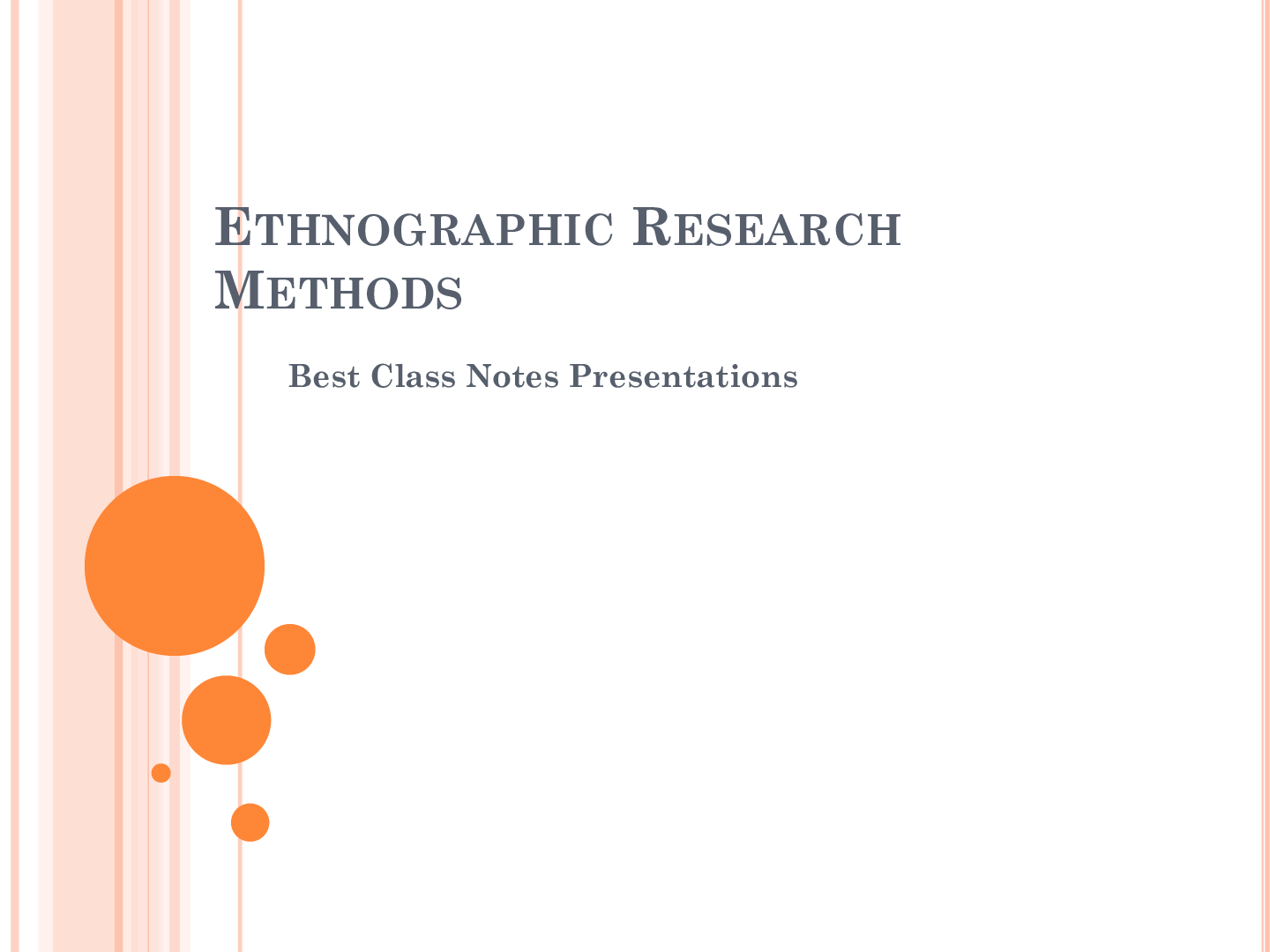

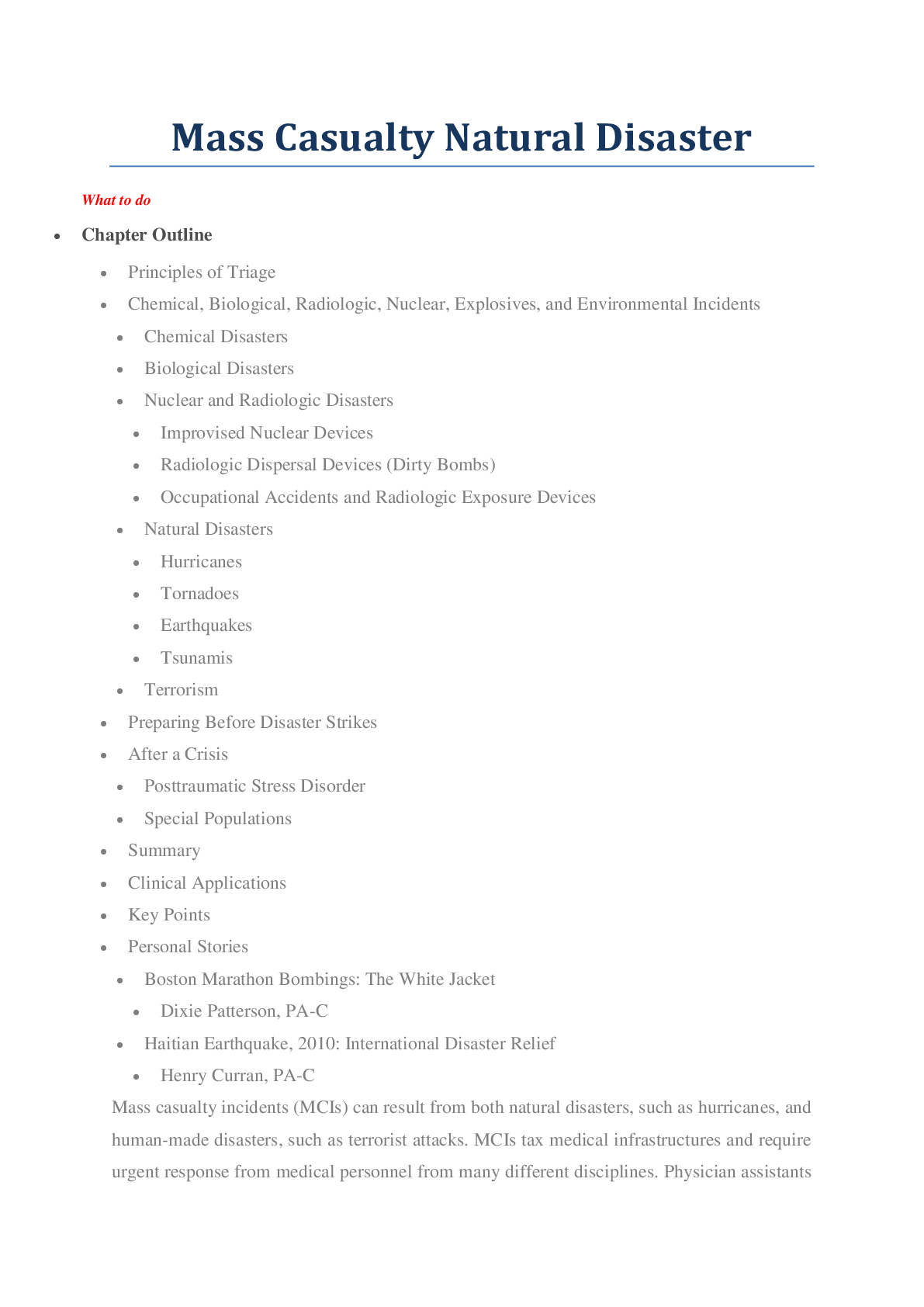
.png)
